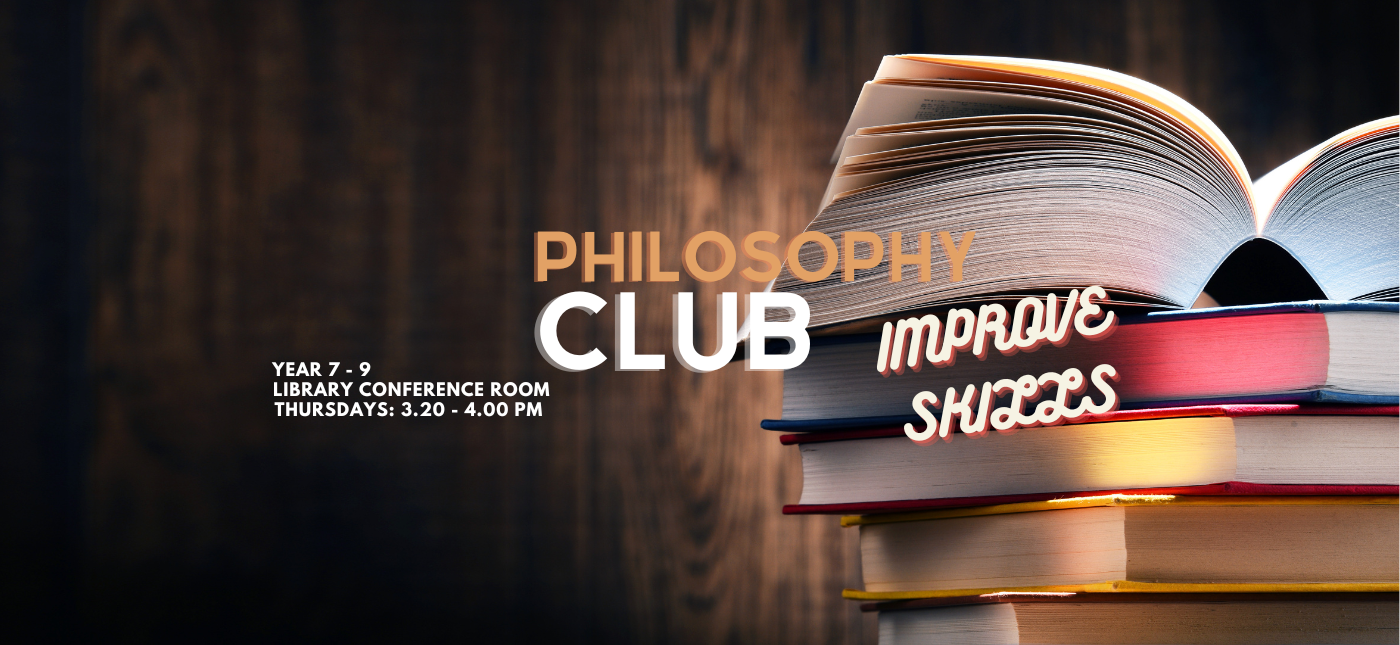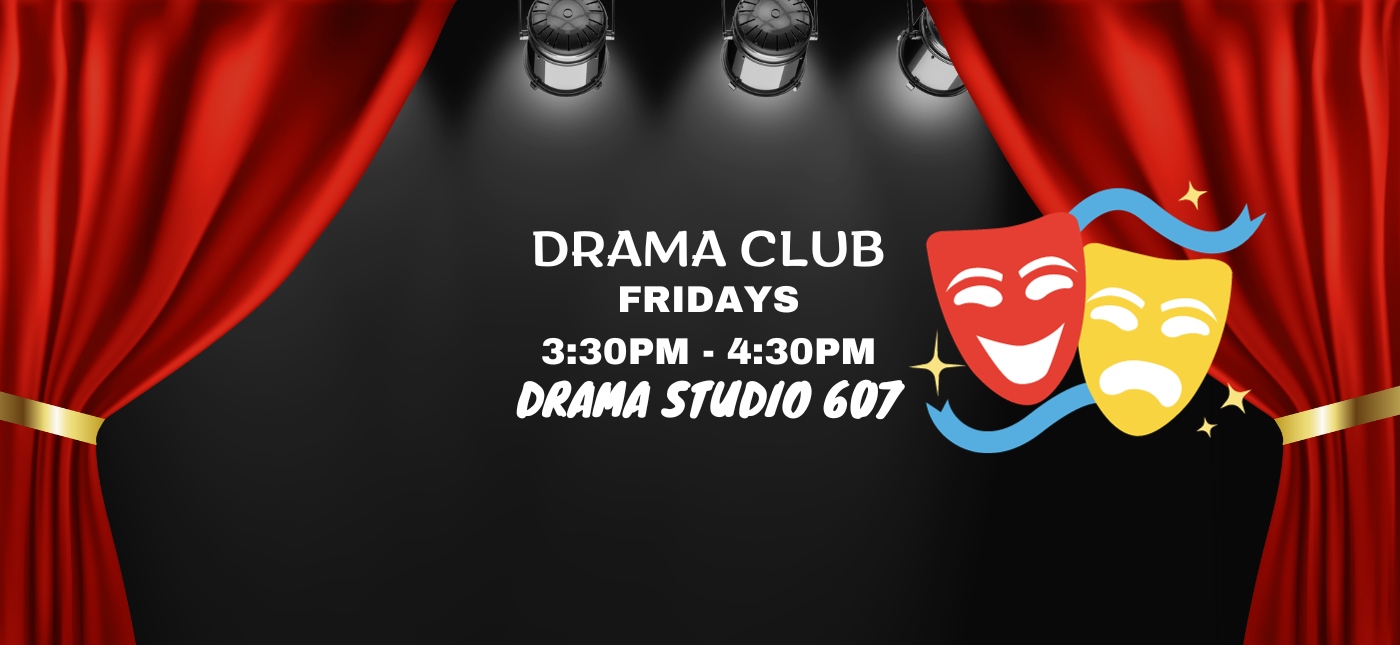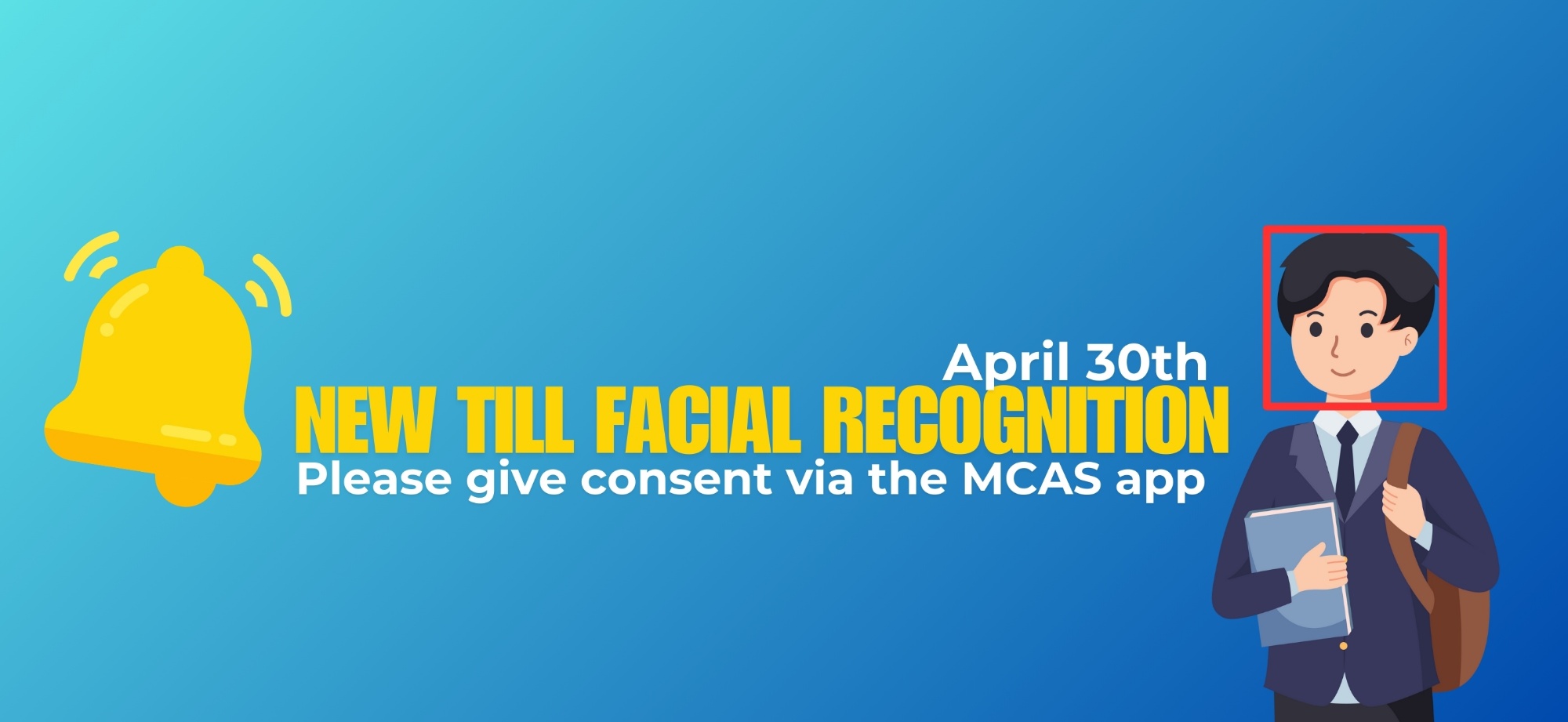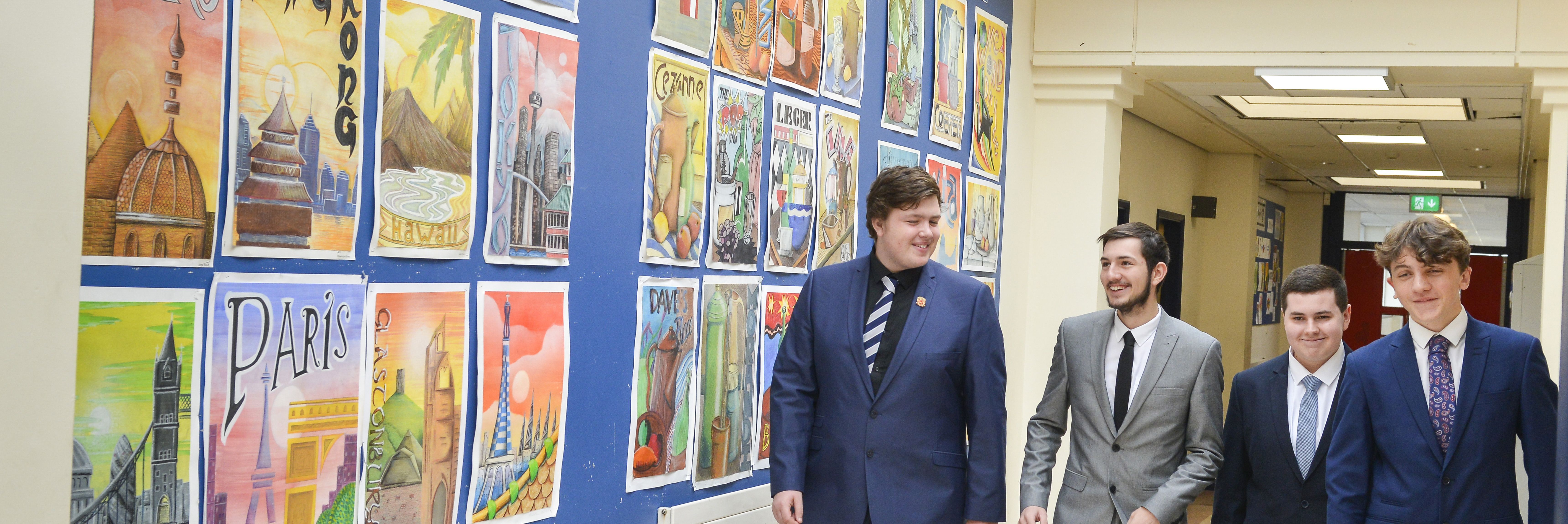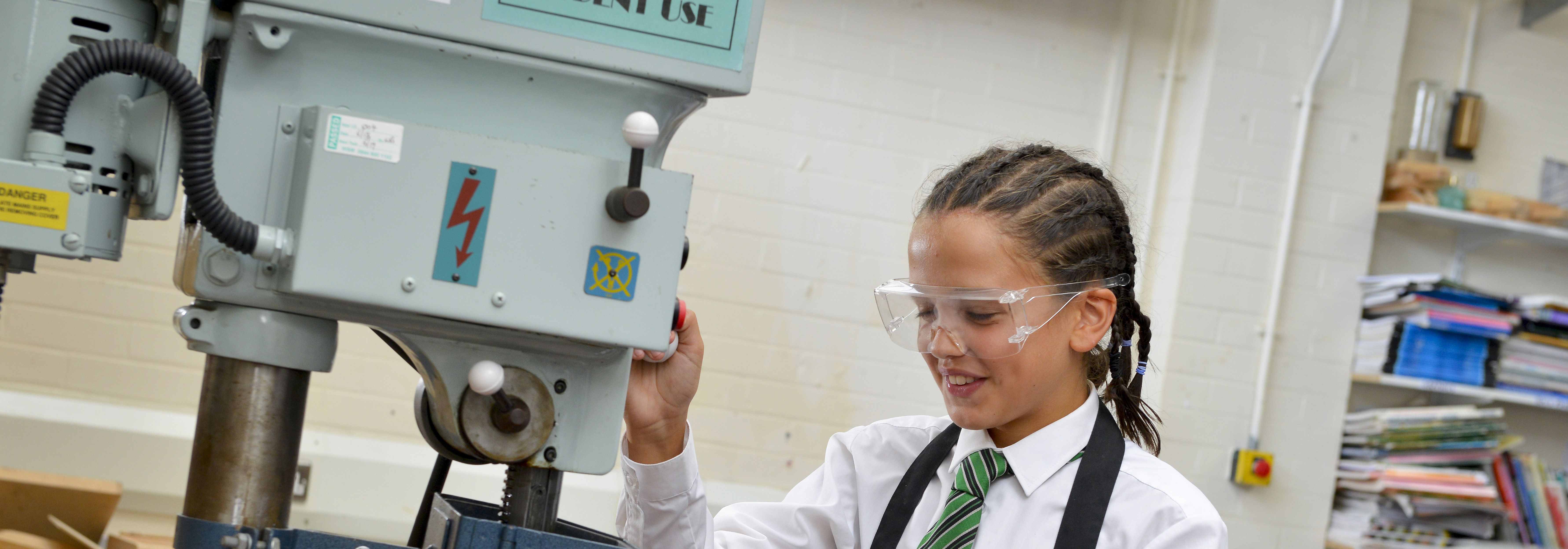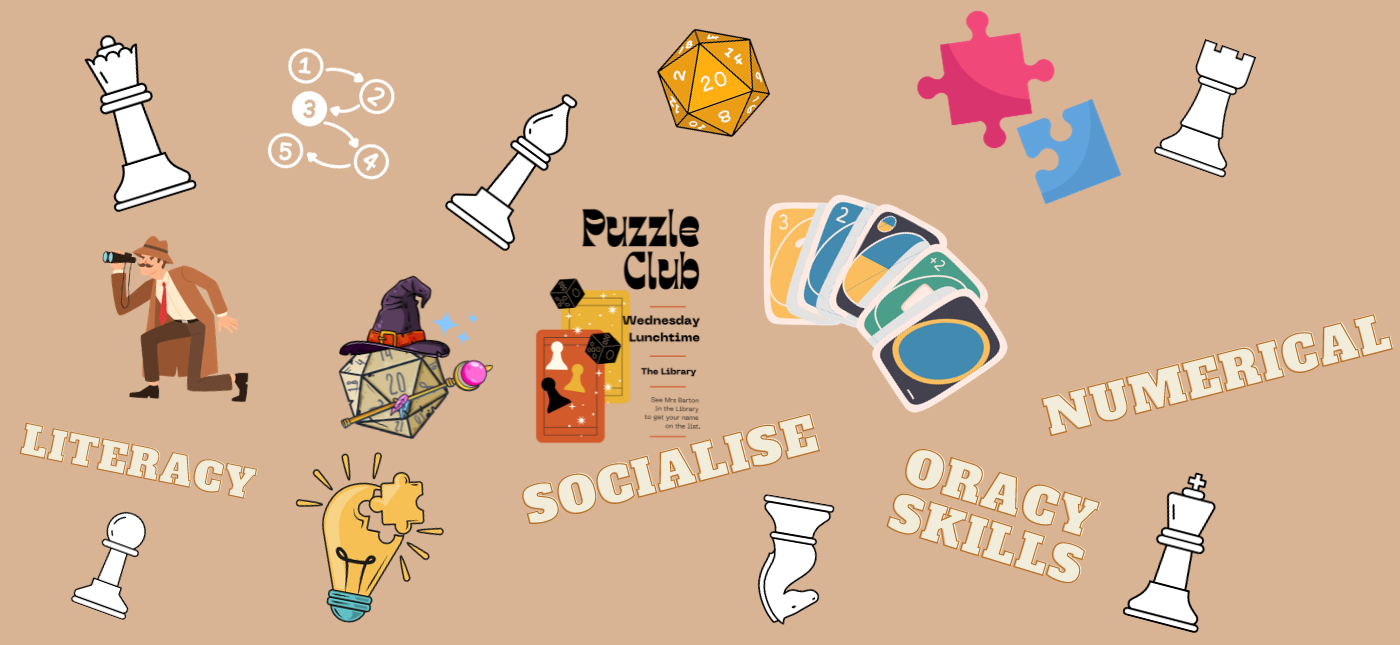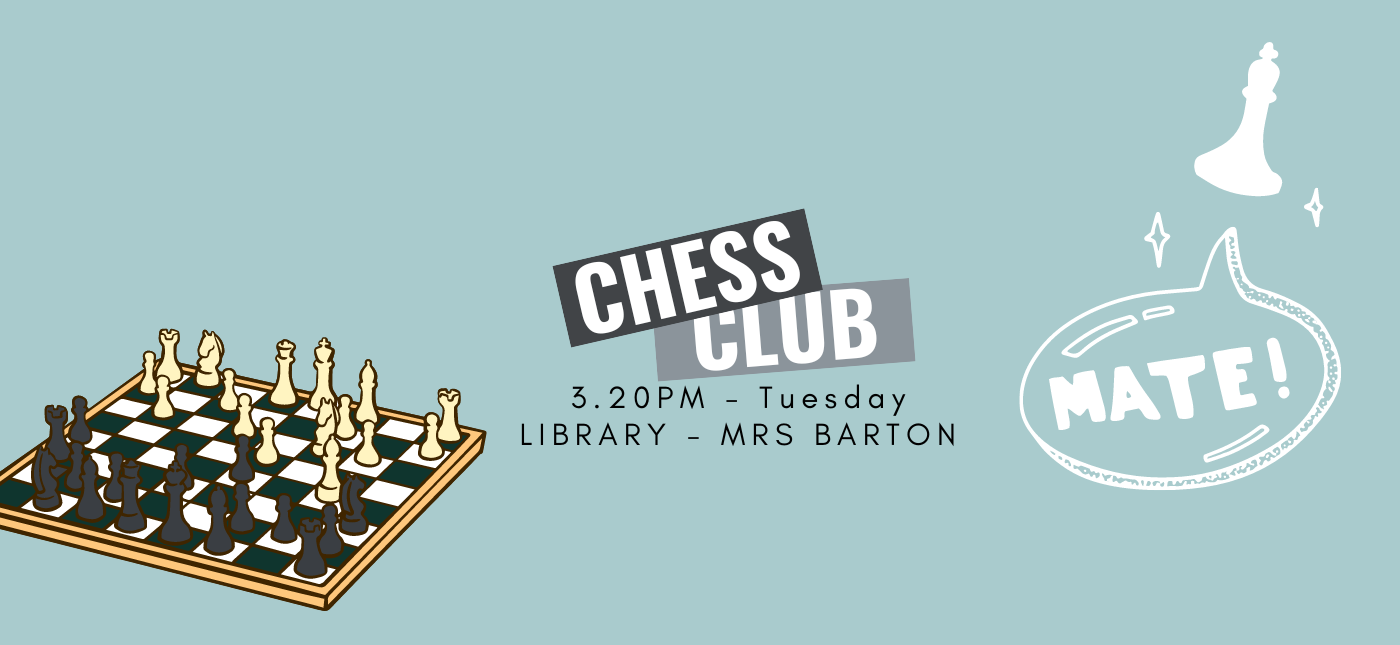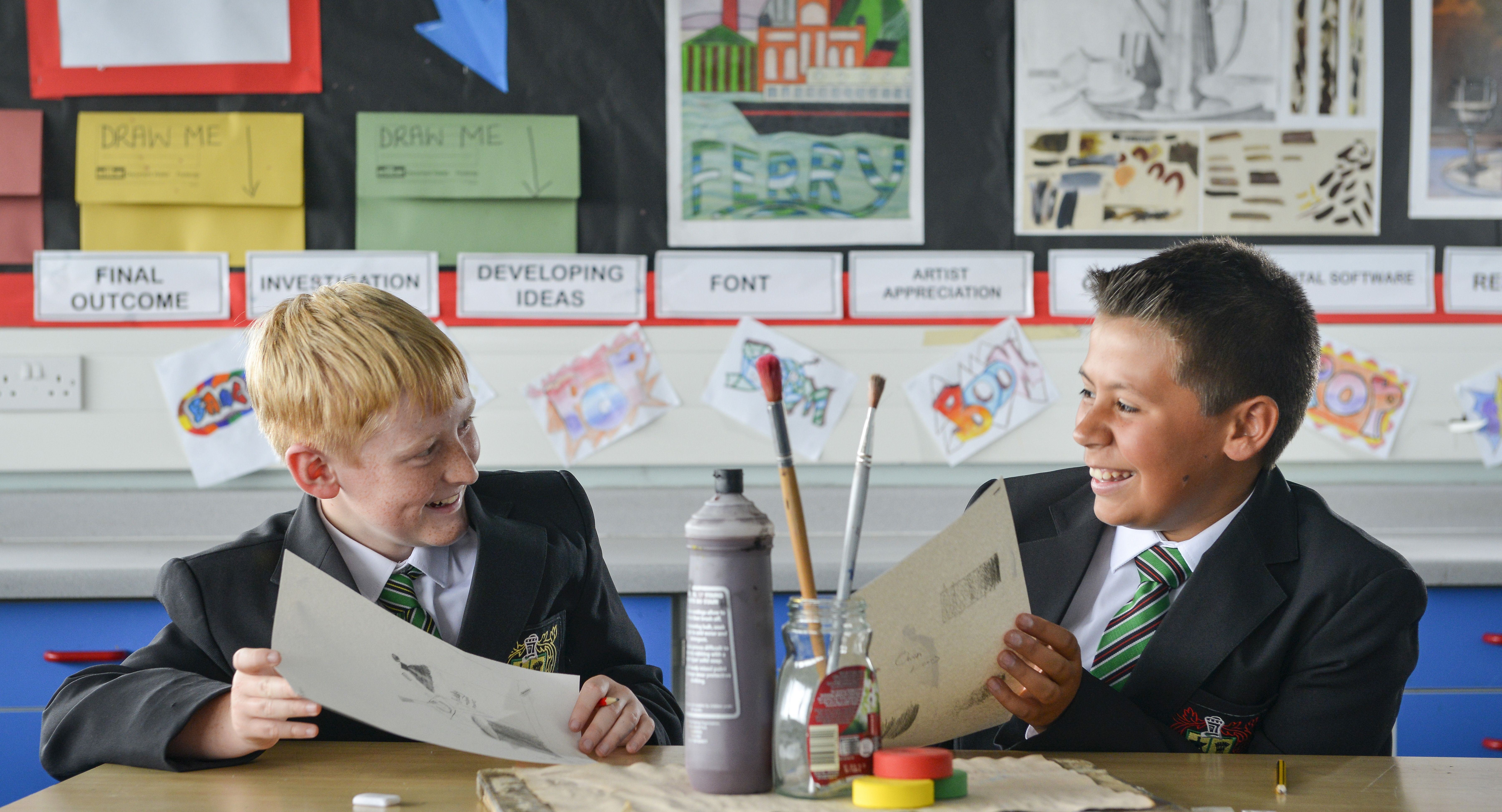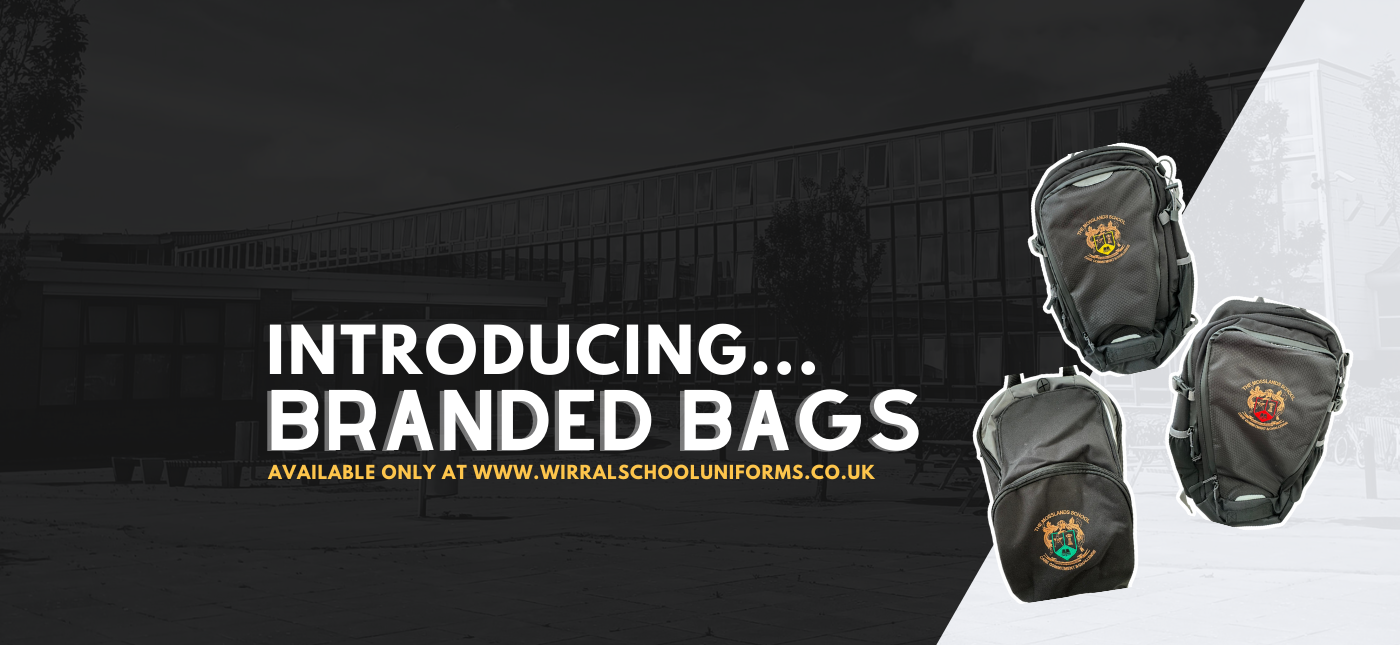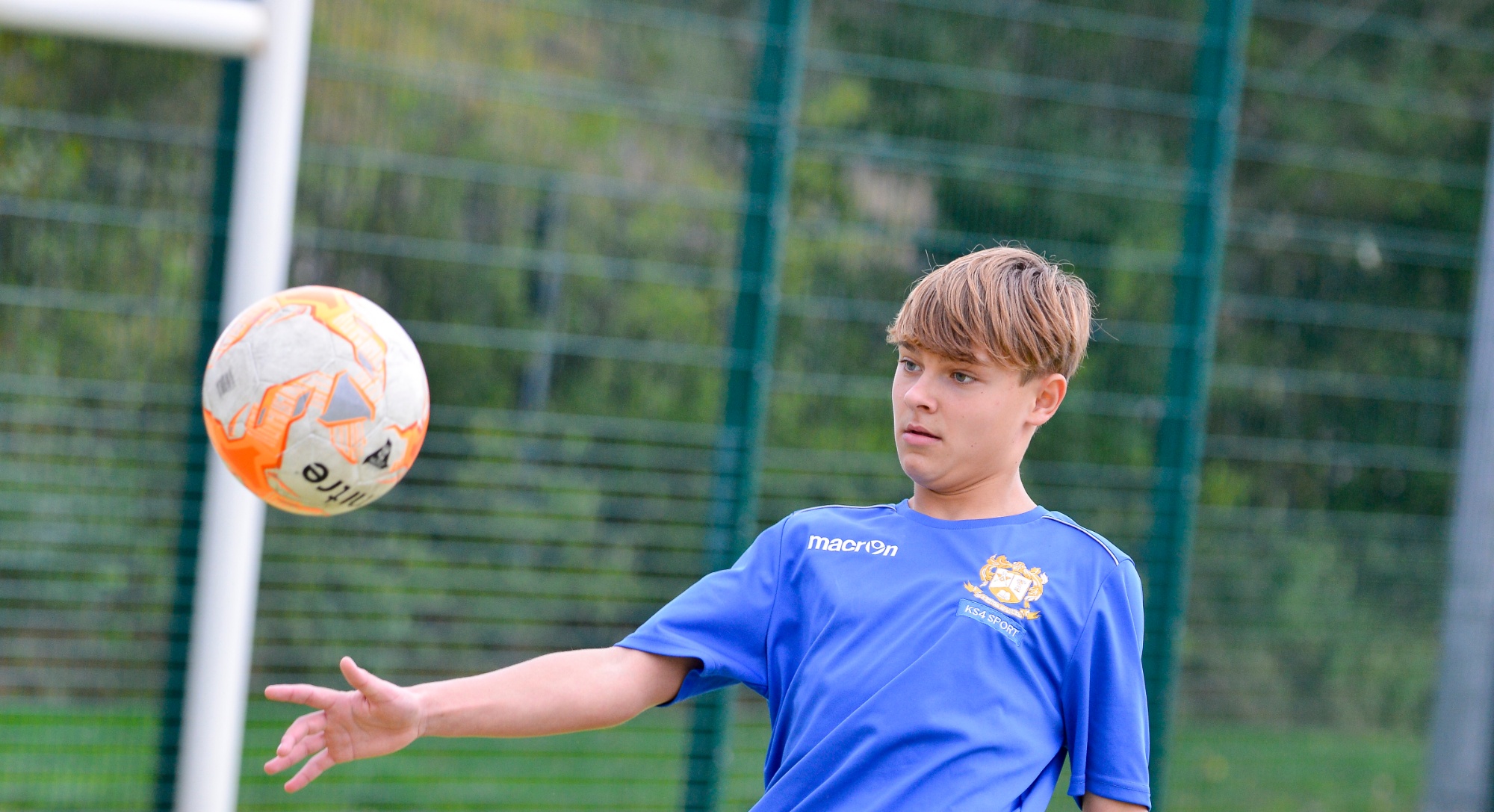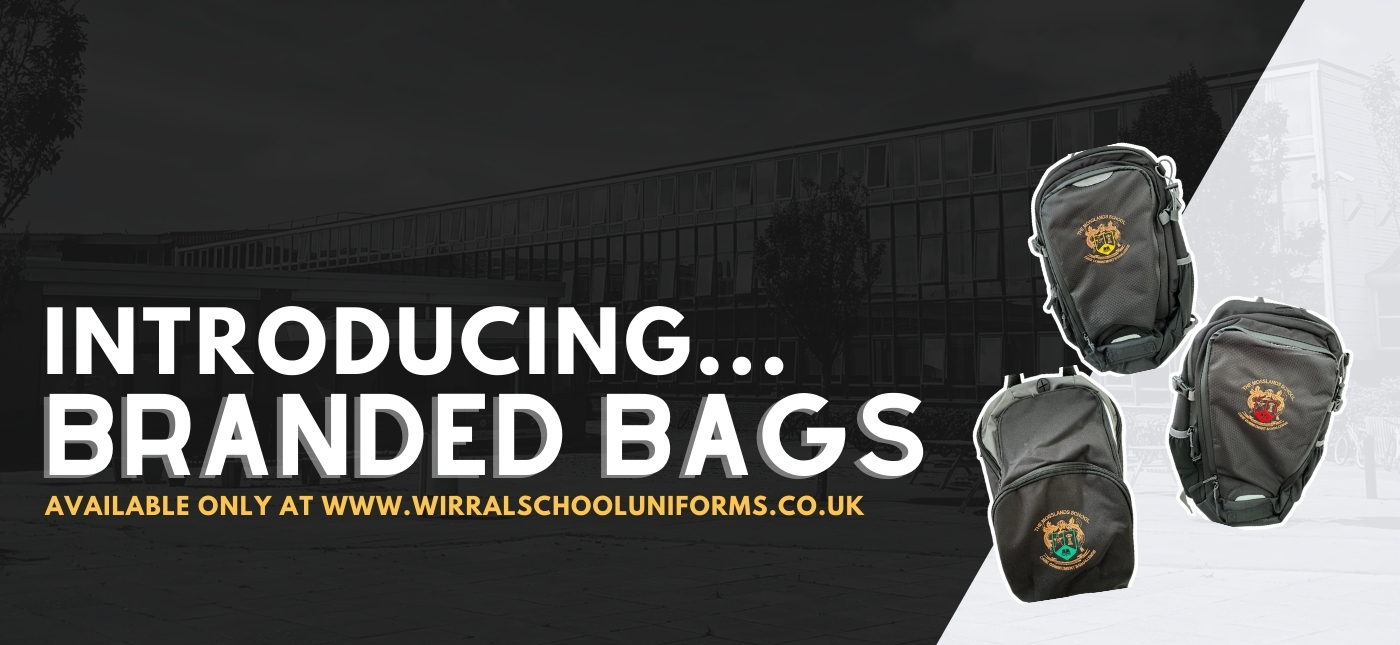Year 9
Curriculum Map
This curriculum map provides an overview of the art and design journey students will experience throughout the academic year. It outlines the sequence of artistic styles, techniques, and influential artists alongside key assessment points designed to monitor and support student progress. The curriculum is carefully sequenced to build knowledge progressively, with each unit providing the foundation for future learning, ensuring all students develop creative expression, technical skills, and critical appreciation appropriate to their age and stage. For detailed information about the specific knowledge and skills taught in each unit, please visit our Knowledge and Skills page.
| Half Term | Unit(s) of Work | Key Assessments |
|---|---|---|
| Autumn 1 Autumn 2 |
Introduction to Portraiture
|
Baseline assessment |
| Spring 1 Spring 2 |
Introduction to Portraiture Artists Pablo Picasso and Luke Dixon
|
Baseline assessment |
| Summer 1 Summer 2 |
|
Baseline assessmet |
Pupils receive two art lessons per fortnight as part of their core curriculum. In addition, they benefit from an additional two lessons per fortnight on a carousel timetable, where they alternate between art and drama. This innovative approach allows students to explore their creativity through a broader range of artistic and performance experiences, enriching their understanding of Art. With the additional lessons in art, pupils can delve deeper into projects, experiment with new techniques, and refine their creative processes. The exposure to different artistic challenges broadens their perspectives and encourages them to take creative risks, ultimately helping them grow as well-rounded and confident individuals.




